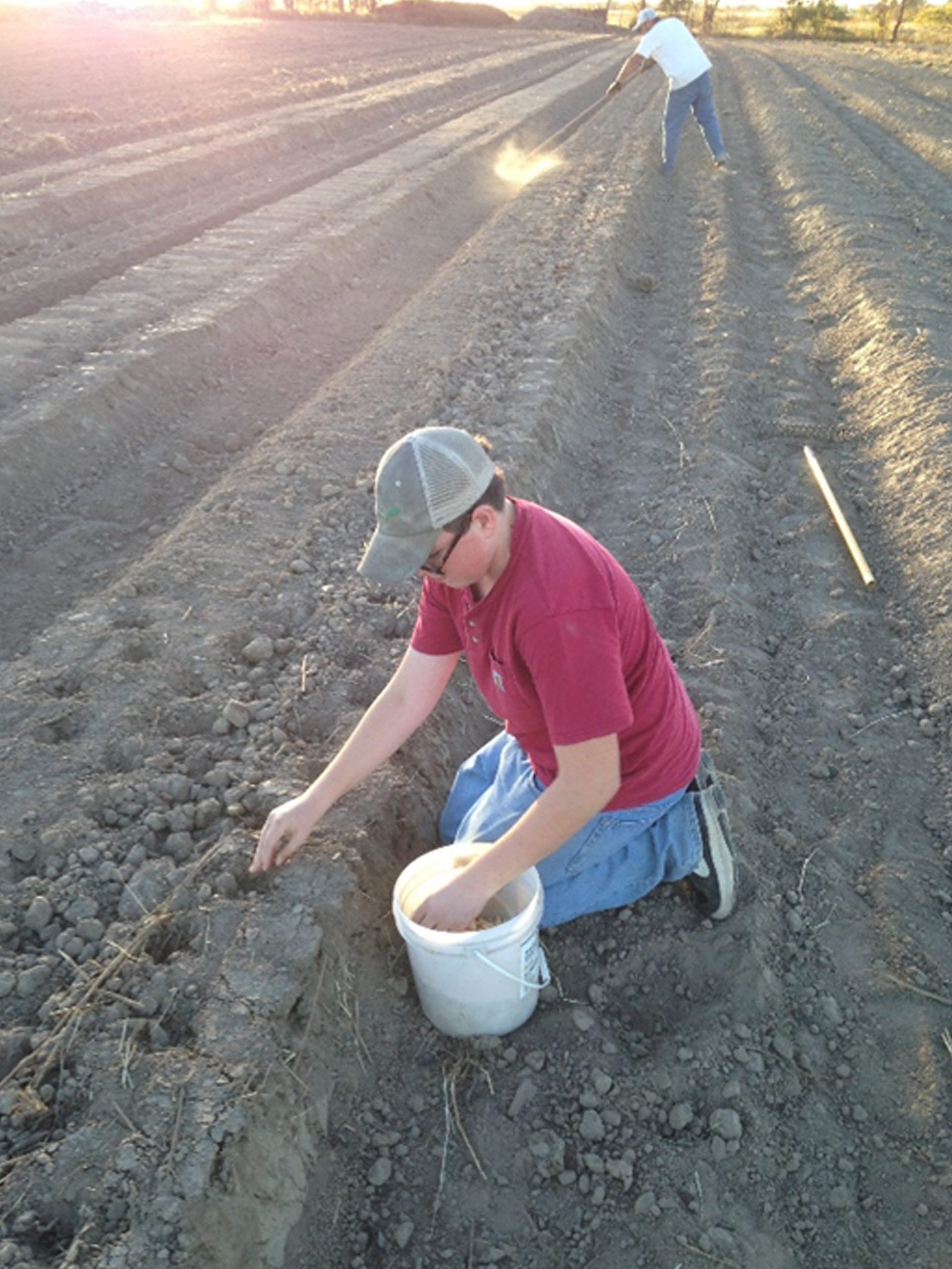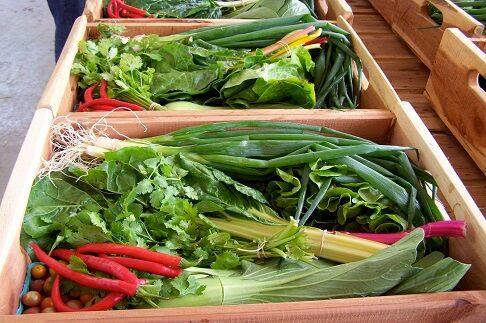Garlic: secret weapon of ancient Olympians

As the world enjoys the 2024 Olympic Games this summer, the use of performance-enhancing substances will be under close scrutiny. University of Missouri Extension horticulture specialist David Trinklein notes that garlic was given to the original Olympic athletes in ancient Greece to increase strength and stamina. Thus, this culinary staple was perhaps one of the earliest performance-enhancing agents in sports.
Historic documents suggest that for millennia garlic was a popular herbal remedy for a wide array of ailments, Trinklein said. Its nutritional value along with its medicinal benefits made garlic a highly valued plants in ancient times.
The common name garlic was derived from the Old English word “garleac,” which means “spear leek,” a reference to the lanceolate shape of the plant’s cloves.
Today, we recognize two main types of garlic: hardneck and softneck. Hardneck varieties are considered to be more flavorful and easier to peel than softneck, making them the choice of most chefs. However, hardneck garlic does not store as well as softneck types.
Trinklein suggests that fall is the ideal time in the Midwest to plant garlic. Fall planting allows roots to develop, but not shoots. Shoots that develop will die during the winter, and the energy used by the plant to produce them will have been wasted.
Like most members of the onion family, garlic prefers cool conditions. It grows best in a sunny location in well-drained yet moisture-retentive soil that is relatively high in organic matter. Well-rotted manure or compost is an ideal amendment to improve organic matter content in garden soils.
Before planting garlic, amend soil according to soil test results. In the absence of soil testing, a general recommendation is 3 pounds of a balanced fertilizer, such as 10-10-10, per 100 square feet of garden area.
Plant individual cloves 2-3 inches below the soil line with their pointed sides up. Spacing should be about 6 inches within rows. Purchase cloves from a reliable source rather than from a local supermarket.
As is the case with most vegetables, garlic benefits from adequate amounts of water. If natural rainfall is not sufficient, use supplemental irrigation.
Weed control also is important since garlic does not compete well with weeds.
In the Midwest, garlic usually is ready to harvest from between the second week of July through the first week of August the year following its planting. When harvesting, dig the bulb with its leaves attached. Let harvested plants air dry before brushing off excess soil and storing in a cool location.
For those who enjoy garlic in their cuisine but fear the offensive aftereffects, Trinklein recommends drinking lemon juice, which can help to alleviate garlic breath.
PHOTO: Fall is the ideal time to plant garlic in the Midwest, according to MU Extension state horticulturist David Trinklein. Fall planting allows roots to develop. (Photo courtesy of Rusty Lee)



